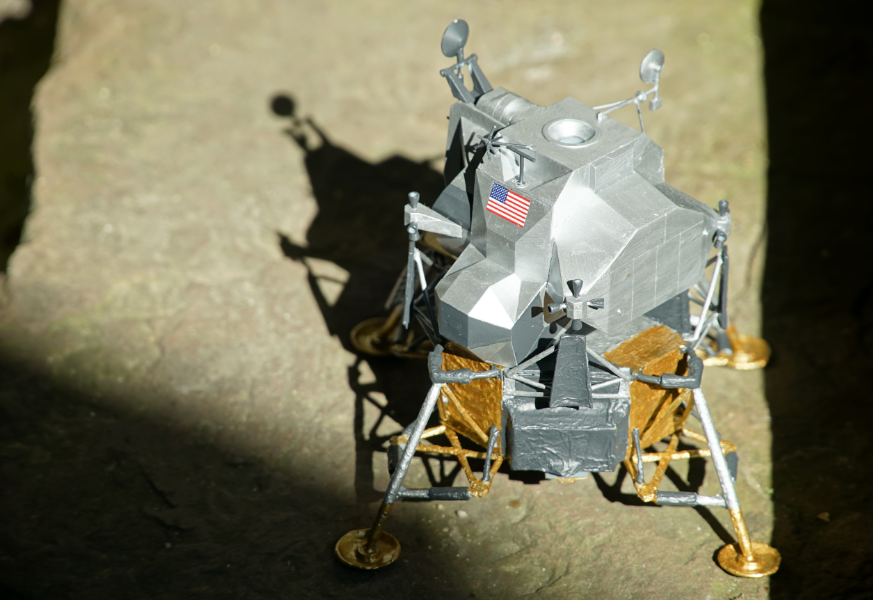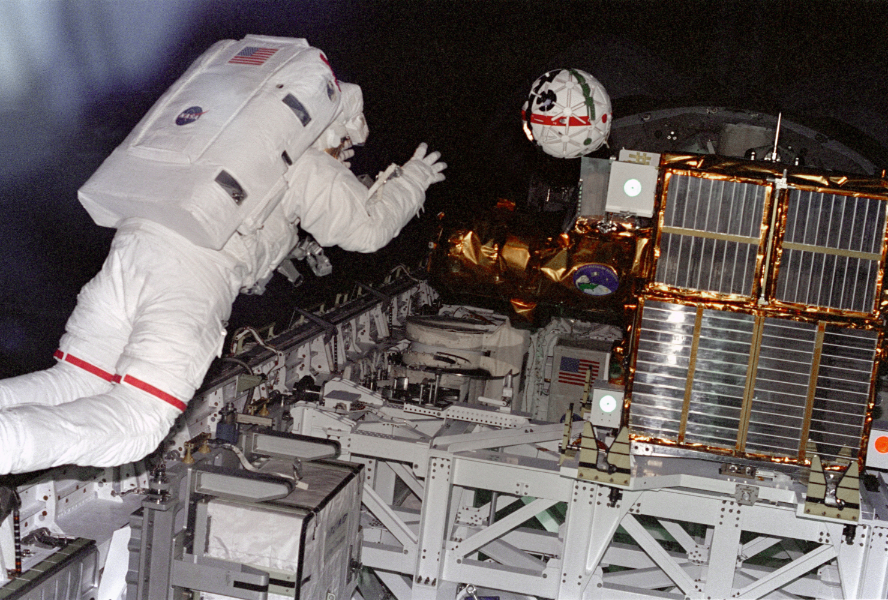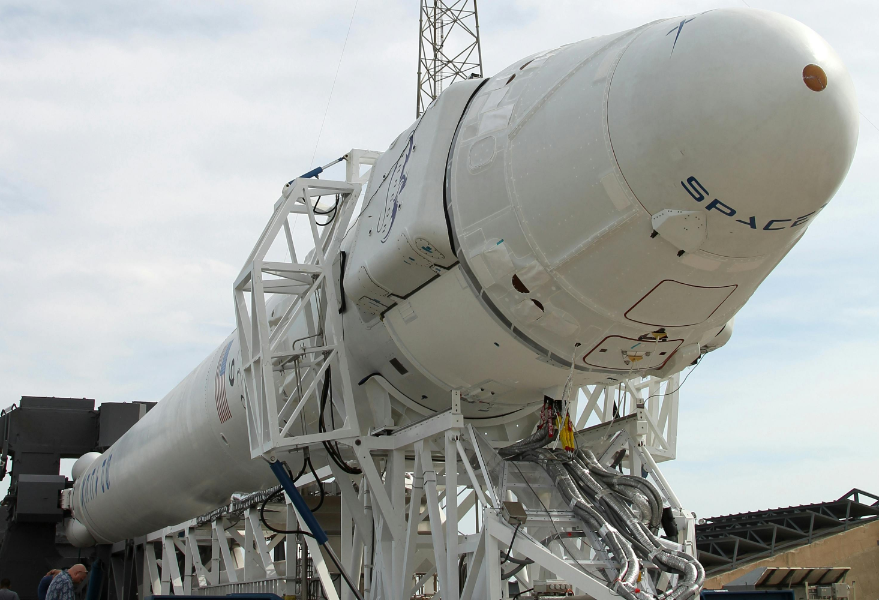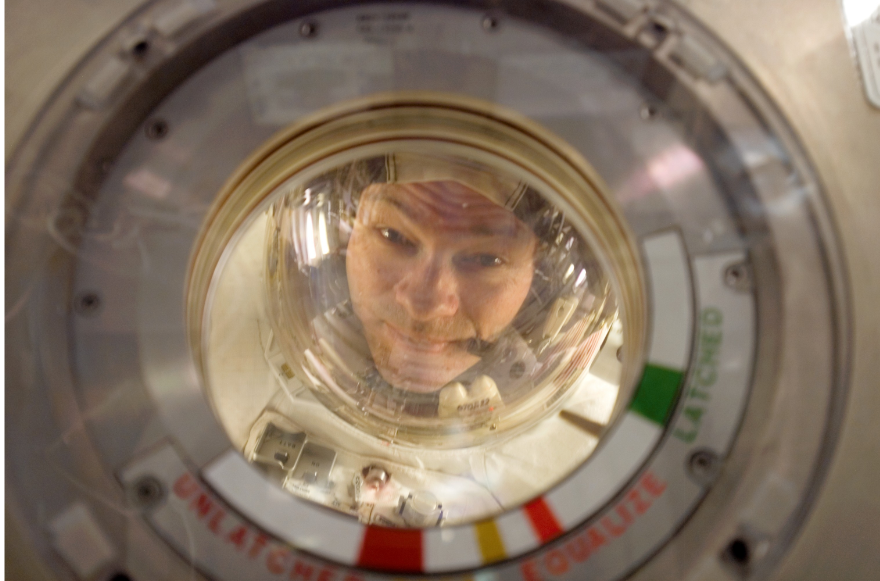Space missions are among the most complex and ambitious projects humans undertake. Behind every satellite launch, rover landing, or deep space probe is a highly coordinated team of professionals. Among them, space engineers, astrophysicists, and data scientists play critical roles. Each brings unique expertise, but it’s their collaboration that powers successful space exploration.
Let’s take a closer look at how these experts work together—from mission design to real-time operations—and why their teamwork is vital to the future of space.
What Happens Behind a Space Missions?
Space missions start long before a rocket lifts off the ground. Months or even years of planning, testing, and simulations are required. At the heart of these efforts are three key roles:

- Engineers design, build, and test the spacecraft and its systems.
- Astrophysicists provide scientific objectives and interpret data from space.
- Data scientists analyze large volumes of information and support decision-making.
Let’s explore how these professionals collaborate in each phase of a space missions.
Phase 1: Mission Planning and Design
In the planning phase, engineers and astrophysicists work closely to define what the mission will achieve and how it can be done.
Engineers:
- Design the spacecraft structure, propulsion, and communication systems.
- Evaluate launch options and mission timelines.
- Ensure the spacecraft can survive harsh conditions in space.

Astrophysicists:
- Set the scientific goals of the mission (e.g., studying black holes, searching for exoplanets, or mapping cosmic radiation).
- Determine what instruments are needed and where the spacecraft should go.
- Work with engineers to place sensors in optimal locations on the craft.
This is where interdisciplinary teamwork starts. Engineers need astrophysicists to define what the spacecraft must do. In return, astrophysicists rely on engineers to make their vision technically possible.
Phase 2: Building and Testing the Spacecraft
Once the design is approved, it’s time to build the spacecraft. Engineers take the lead here, but collaboration with scientists continues.
How the Team Works Together:
- Engineers conduct rigorous testing: vibration, thermal vacuum, and software simulations.
- Astrophysicists validate that scientific instruments are calibrated correctly.
- Data scientists may begin working on test data simulations, building models to understand how the incoming space data should be represented.

For example, when NASA built the James Webb Space Telescope, engineers tested it under extreme conditions. Astrophysicists helped ensure its instruments could detect distant galaxies. Meanwhile, data scientists worked on the algorithms that would process the telescope’s data after launch.
Phase 3: Launch and Early Operations
The launch is one of the most critical phases. Here, engineers take control of systems that power and guide the rocket. But once the spacecraft is in orbit, the job of data scientists and astrophysicists becomes more prominent.
Roles in Launch and Deployment:
- Space engineers monitor telemetry data to ensure systems are functioning correctly.
- Data scientists support the mission control team by flagging any anomalies in the live data streams.
- Astrophysicists guide initial adjustments to telescope or sensor positioning, ensuring they’re targeting the correct space objects.
It’s a real-time collaboration, often spanning multiple continents and space agencies. The European Space Agency, NASA, and even private firms like SpaceX use this kind of shared operations model.
Phase 4: Data Collection and Scientific Analysis
This is where the space missions true value comes to life. Space missions generate enormous amounts of data—from images and radiation readings to gravitational measurements.
How Collaboration Continues:
Data scientists handle the massive datasets collected by space instruments. They use machine learning and AI too:
- Detect patterns
- Filter noise
- Predict system behavior
Astrophysicists interpret the processed data to make scientific discoveries. For example, confirming the presence of an exoplanet or detecting signals from distant galaxies.
Engineers continue to monitor spacecraft performance and troubleshoot any technical issues.
The collaboration here is both ongoing and essential. Data scientists often write code that automates parts of the analysis, which astrophysicists then review for accuracy. Engineers ensure the instruments continue working as expected.
Case Study: Teamwork Behind Mars Rover Missions
One of the best examples of interdisciplinary teamwork is seen in Mars exploration.
- Engineers at NASA‘s Jet Propulsion Laboratory designed rovers like Perseverance and Curiosity.
- Astrophysicists and planetary scientists outlined the mission’s objectives—like finding signs of past life or understanding Martian geology.
- Data scientists created software that allows the rover to autonomously analyze rock samples and avoid obstacles.
Each team depends on the other to make the mission a success. This kind of collaboration is now standard in nearly all major space programs.
The Rise of AI and Automation in Space Missions
As space missions become more complex, the role of data scientists has grown rapidly. AI is now used in spacecraft navigation, data compression, and even anomaly detection. These innovations require constant input from engineers and scientists to train models and validate results.
In the future, AI-powered rovers and autonomous satellites will rely even more on this triad: engineers for systems design, astrophysicists for mission goals, and data scientists for intelligent processing.
Why This Collaboration Matters
Space missions is too vast and complex for any single discipline to handle. Whether it’s building the next-generation space telescope or launching a satellite to monitor Earth’s climate, the collaboration between engineers, astrophysicists, and data scientists is at the core of success.
Here’s why it matters:
- Better mission outcomes: Integrated planning reduces errors and improves efficiency.
- Faster scientific discoveries: Data is processed and interpreted more quickly.
- Innovation and learning: Each field pushes the other forward, driving innovation.
Conclusion:
The next era of space missions, whether it’s going to the Moon, Mars, or beyond, won’t happen without seamless collaboration. Space engineers will continue designing brilliant machines. Astrophysicists will define our cosmic questions. And data scientists will help us make sense of it all.
Future missions will require even tighter coordination, driven by automation, artificial intelligence, and real-time decision-making. It's clear that the future of space doesn't belong to just one field—it belongs to the combined power of knowledge, innovation, and teamwork.








